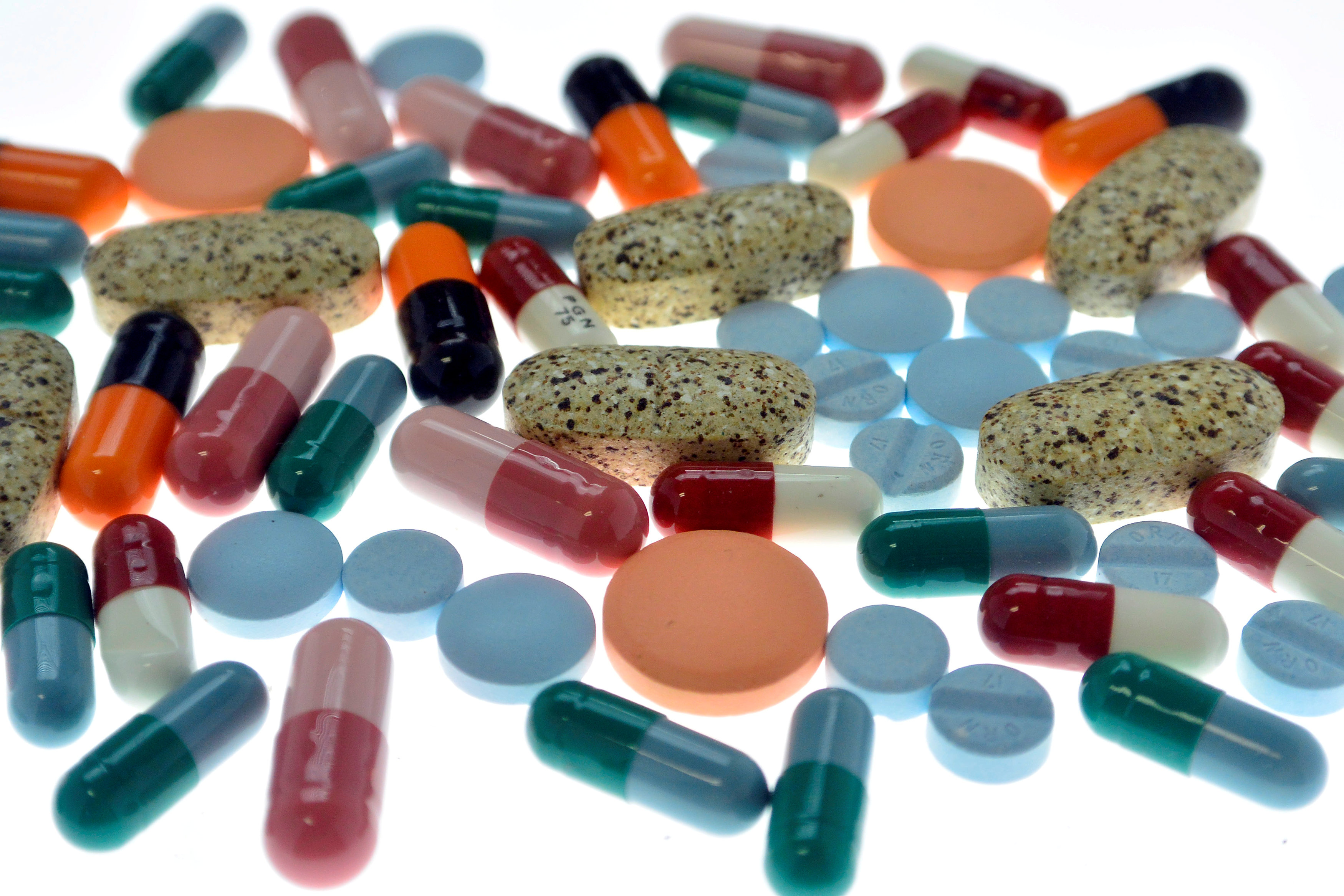Image: FILE PHOTO: Pharmaceutical tablets and capsules are arranged on a table in a photo illustration shot September 18, 2013. REUTERS/Srdjan Zivulovic/Illustration/File Photo
By Ben Hirschler
LONDON (Reuters) – Pharmaceutical companies are under fire around the world as a wave of new treatments for cancer and other serious conditions reach the market at ever rising prices, and the pressure looks set to increase.
Next week the debate on drug pricing – a particularly heated topic in the United States – will move to Amsterdam as the Dutch government hosts a forum for World Health Organization (WHO) member states to promote “fair pricing”.
After Donald Trump earlier this year accused drugmakers of “getting away with murder”, shortly before he was inaugurated as U.S. president, the May 11 event underscores the focus on medicine pricing in health ministries from Berlin to Beijing.
In Europe, Germany’s tough price negotiators have caused some firms to pull drugs off the market rather than accept price cuts, while Britain last month introduced new budget curbs on pricey products.
China and Japan, the two biggest non-Western markets for pharmaceuticals, are also bearing down on costs, and poorer countries find new drugs costing tens of thousands of dollars are simply out of reach, even with preferential pricing deals.
“It’s great that we have these treatments but we need to find a way to make them more affordable,” Andrew Rintoul, the WHO health economist organizing the drug pricing forum, told Reuters.
Drugmakers know they must up their game to save their reputation – even as patients cheer the scientific advances behind their new products – and the industry is fighting to defend its corner more vigorously than ever.
A major advertising campaign by the U.S. Pharmaceutical Research and Manufacturers of America trade group, for example, includes accusations that insurers are failing to pass on the benefits of discounts negotiated with manufacturers.
This goes to the heart of a thorny issue. On the surface, the cost of medicines may be rising steeply but the picture is distorted by off-invoice discounts and rebates, which in the United States average around 30 percent, according to healthcare information firm QuintilesIMS.
In Europe, such rebates amount to roughly 17 percent.
“I personally don’t believe in the talk of drug expenditure breaking the system,” Thomas Cueni, who recently took over as director-general of the International Federation of Pharmaceutical Manufacturers and Associations, told Reuters.
“When you look at the aggregate numbers, drug spending has been pretty stable in most OECD countries at around 10 to 15 percent of healthcare spending.”
MORE DISCLOSURE
Still, the lack of price transparency is a major bugbear for policy experts like the WHO’s Rintoul, who previously negotiated on pharmaceutical prices for the Australian government.
Public sector officials see the obscurity surrounding prices as a big obstacle in efforts to negotiate effectively with pharmaceutical companies. There are also growing calls for greater disclosure on companies’ R&D and production costs.
Transparency will be high on the agenda in Amsterdam, mirroring efforts by some U.S. states to shine a light on costs. Vermont last year became the first such state to demand that companies justify drug price hikes by detailing factors behind the increase.
Companies, however, are reluctant to specify exactly how they come up with drug prices and prefer to stress the value that their medicines bring to patients and society.
“The industry has to stand up and argue its value proposition,” said Cueni, who admits he is “apprehensive” about the tone of the WHO meeting. “I’m not a big fan of this term ‘fairness’ because, let’s face it, fairness is in the eye of the beholder. There’s no objective definition.”
Drugmakers like Novartis <NOVN.S> and Takeda Pharmaceutical <4502.T>, which recently joined with the World Economic Forum to pilot schemes that will pay for drugs based on how well they work, would much rather the focus was on outcomes.
But an expensive medicine that may be cost-effective, based on a particular methodology, can still prove to be unaffordable within limited national healthcare budgets. That has been the experience in many countries recently with highly effective new hepatitis C drugs from Gilead <GILD.O> and others.
At the other end of the spectrum, the WHO meeting will also try to address the problem of shortages of some off-patent generic medicines, which should be cheap in principle but can hit supply problems if prices fall to unsustainably low levels.
As well as tackling expensive drugs, some experts therefore believe minimum prices may be needed to keep certain vital products on the market.
(Editing by Mark Potter)
Copyright 2017 Thomson Reuters. Click for Restrictions.


